Braided Easter Bread Recipe
This Braided Easter Bread Recipe is a tender, slightly sweet, vanilla-scented bread that is perfect to serve at a holiday brunch. Delicious with butter and jam or even as toast, it’s a homemade bread destined to become an Easter tradition.
This recipe for Easter Bread creates such a tender loaf of egg bread that everyone will have everyone scrambling for the last piece. It’s a spectacular addition to your holiday menu.
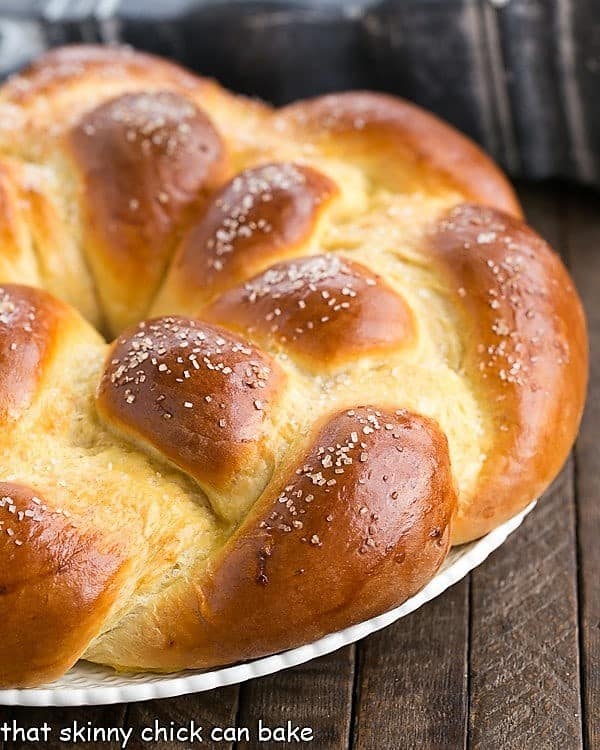
Why You Must Make
When I decided to make a braided Bread for Easter morning, my first thought was to plait in some dyed Easter eggs for a festive touch. Nick would be coming home for the holiday, but 16 servings would still take more than a couple of days to disappear. Plus, I was a bit concerned that those hard-boiled eggs could go funky. So I nixed that addition and made a simple, delicious holiday bread.
- Make this recipe to enjoy on Easter and if your family is like mine, they’ll want it every year!
- This sweet braided bead is soft and delicious!
- It freezes well, so if you can’t eat it all, it’s super easy to save some for later. It also makes excellent French toast!
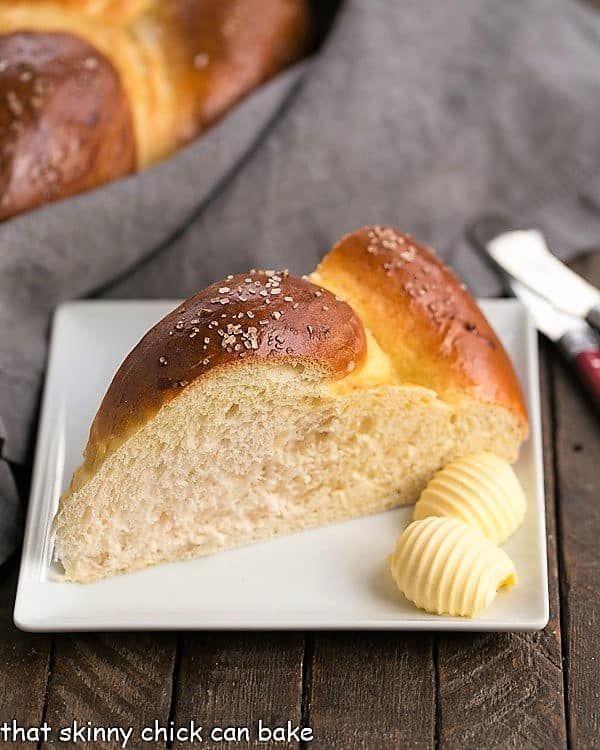
Expert Tips for Plaiting or Braiding Dough
I love braiding dough, but once again, pulling off a wreath gave me some pause. The last round, braided loaf I baked up was a Finnish Pulla. A bow made of dough covered the juncture where the 6 strands joined, nicely camouflaging the amateur finishing. No such luck this time as a bow was apropos for Christmas, but not so much for Easter. I did my best and will admit to weaving and unweaving the strands a couple of times! I think it turned out OK. Definitely a massive loaf!
- To make a 3-stranded braided loaf, divide your dough into three equal-sized pieces using a kitchen scale. Do this after it has proofed for the first time.
- Then roll each strand into a 24-inch rope. It should be the same diameter from one end to the other, though the ends can be tapered.
- Line the 3 ropes on a lightly floured surface (only enough flour so the dough does not stick) side by side.
- Usually, I pinch the 3 ends at the top together when plaiting bread dough, but just have them touching for this bread.
- If you can braid hair, this process will come more naturally, but here’s how I do it. Start with the strand on the right and cross it over the middle strand, landing it between the center strand and the strand on the left. Next, take the strand on the left and cross it over the middle, having it land between the center strand and the strand on the right. Go back and forth, from right to left, forming a long braid. You may need to do some tweaking as you go along so that there are no big gaps in the braid.
- Once this process is done, you form a ring with your braid and try your best to join up the loose ends from each end of the braid. If you need to trim a little dough, that’s OK. I promise it will taste terrific even if it’s not picture-perfect!
- After the final rise, brush the dough with an egg and water glaze which gives the bread a wonderful sheen.
- I sprinkled with coarse sugar, but you could use Easter-colored sugar, sesame seeds, or leave it plain.
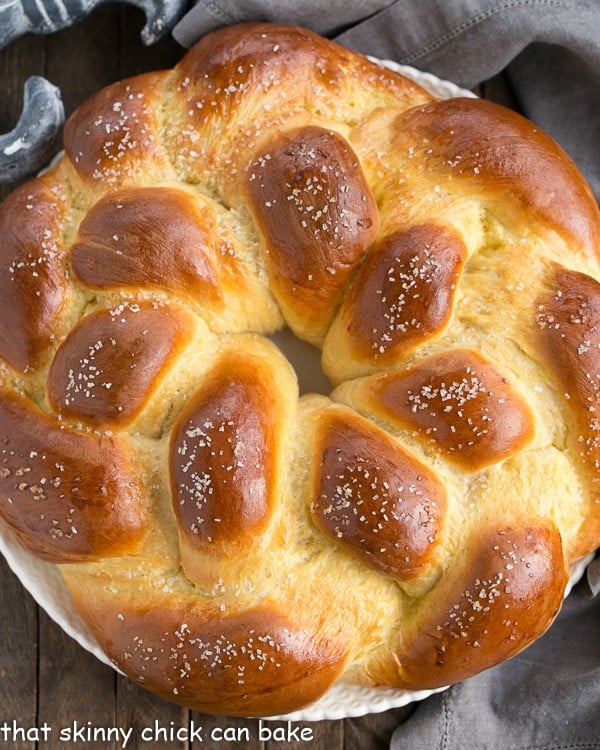
How to Make
This recipe is no different than any other yeast bread.
- Make the dough, then let it proof.
- Make 3 strands of equal diameters and lengths.
- Braid the 3 strands, then bring the ends together into a ring.
- Connect the ends together as best as you can.
- Proof again, glaze, and bake. Being someone with 3 sisters, I’m undaunted when it comes to braiding. The video in the recipe card should help if you’re a newbie to this technique.
My kitchen filled with the yeasty scent of freshly baked bread as the braided Easter bread dough puffed up to its gargantuan size! When Bill declared his first slice was “ridiculously good,” I had my verdict. Even with my haphazard connection of the strands, this slightly sweet Easter egg bread was a home run! And we’re making some awesome French toast with the leftovers.
P.S. If your family can polish this off in a day or two, feel free to literally make this an Easter “Egg” Bread. Just tuck some hard-boiled, colored Easter eggs into the dough after it’s braided. Let the dough rise and bake as directed. If the shells happen to crack, just call it a rustic loaf—that excuse works every time!
Frequently Asked Questions
Easter Breads are filled with symbols. The ring of bread resembles the crown of thorns Jesus wore at his crucifixion. Plus the three braids each resemble part of the Holy Trinity, the Father, Son, and Holy Spirit.
Different cultures have their own versions of sweetened, leavened bread to celebrate Easter. The Russian Paska, which is also popular in Ukraine, is a sweet, molded yeast bread. The Koach is a Czech bread made for holidays, with 3 stacked rings representing the Holy Trinity. Plus, the Scandinavians, also have braided bread, like Finnish Pulla, that’s perfect for Easter.
You May Also Like:
- Italian Easter Bread from A Family Feast
- Romanian Easter Braid from All Roads Lead to the Kitchen
- Paska Ukrainian Easter Bread from Cupcakes and Kale Chips
- Swiss Butter Braid
- Plaited Easter Bread with Cream Cheese Filling
- Spinach Torta Rustica
- Plus, more of my Best Bread Recipes
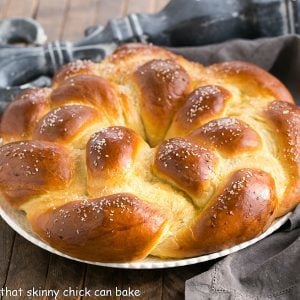
Braided Easter Bread Recipe
A braided Easter egg bread formed into a wreath. Dough recipe adapted from Allrecipes.com.
Ingredients
- ½ cup sugar
- 2 packages* instant yeast (I use Red Star Platinum yeast)
- 1 tablespoon vanilla
- 1 teaspoon salt
- 6 to 6½ cups all-purpose flour
- 1½ cups milk
- 6 tablespoons butter, cubed (plus extra to grease your bowl)
- 4 eggs, divided (3 for the bread, one for the egg wash)
- 2 tablespoons water
- Sanding sugar, optional
Instructions
- In the bowl of your stand mixer fit with the whisk attachment, mix sugar, yeast, salt, and 2 cups of flour.
- In the microwave, heat milk and butter to about 120 degrees (if it gets too hot, just let cool before adding). Add to the dry ingredients and mix until they are incorporated. Add 3 of the eggs and vanilla then beat on high for 2 minutes.
- Switch the whisk for the dough hook. Mix in enough remaining flour to form a soft, sticky dough. Knead with the dough hook for about 4-5 minutes or knead by hand for up to 8 minutes.
- Place dough in a greased bowl, turning once to grease the top. Cover the bowl with plastic wrap and let rise in a warm place (85° is ideal) until doubled, about 45 minutes.
- Punch down dough. Turn onto a lightly floured surface; divide into thirds (I weighed my pieces on a kitchen scale to divide evenly).
- Roll each portion into a 24-inch long rope. Place ropes side by side on a parchment-lined baking sheet and braid. Bring ends together to form a ring. Pinch ends together to seal.
- Cover with a tea towel and let rise in a warm place until doubled, about 20 minutes.
- Preheat oven to 375°.
- In a bowl, whisk the remaining egg and water and carefully brush over the dough.
- Bake 25-30 minutes or until golden brown. (If you'd like, at the halfway point, brush with more glaze to get any areas that have risen up from the heat).
Notes
*Yeast packets contain ¼ ounce or 2¼ teaspoons yeast each.
Total time does not include proofing times.
Recommended Products
As an Amazon Associate and member of other affiliate programs, I earn from qualifying purchases.
Nutrition Information:
Yield:
16Serving Size:
1 sliceAmount Per Serving: Calories: 158Total Fat: 6gSaturated Fat: 4gTrans Fat: 0gUnsaturated Fat: 2gCholesterol: 60mgSodium: 201mgCarbohydrates: 20gFiber: 1gSugar: 7gProtein: 5g

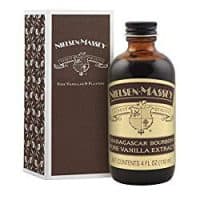
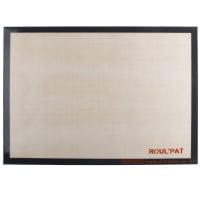


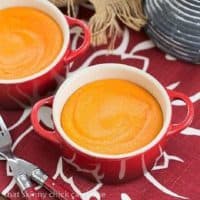
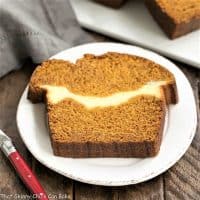
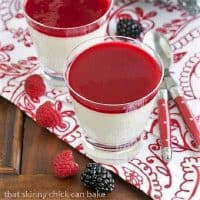
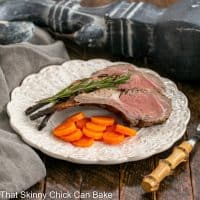
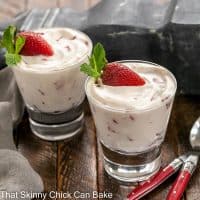
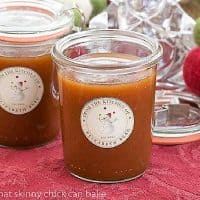
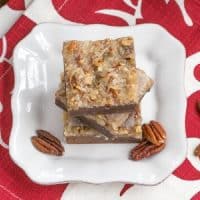
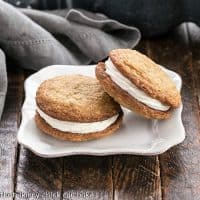
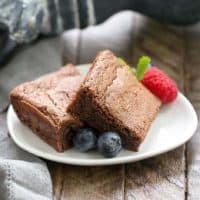
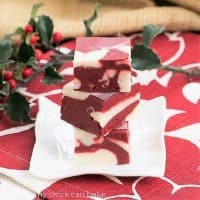
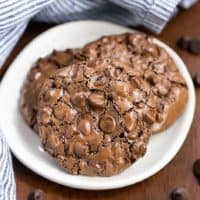
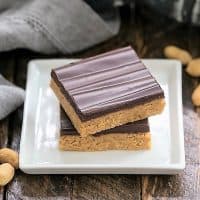
62 Comments on “Braided Easter Bread Recipe”
Giving this a try! I’m not a good baker by a longshot, but I’m going to try. Its rising now….wish me luck!
Fingers crossed for you, Carol!!! Let me know how it goes.
Second year making for Easter
Last year my dad thought I bought from a bakery!
I used pink, yellow and blue sanding sugar again this year on top for a festive look! Thank you for the recipe!
Happy Easter, Ann!! So glad that this bread is becoming a holiday tradition. I love the idea of colored sanding sugars to make it extra festive.
Looks good. First time I’ve made bread. Wasn’t too hard. Love that I was able to use my stand mixer.
Great! I hope this will become an Easter tradition!!! Happy Easter, Jeannie!
This bread recipe looks so easy to make, even I could so it! I have never been good at bread making, but this has really inspired me!!
This looks so good, I can’t wait to make it! Thanks for the great recipe and tutorial too!
Did I miss where you add the 4th egg? I read it through a few times. Oh well. Hope it will be ok with 3 eggs, it’s raising now.
Hi, Mary! You’re good!! The 4th egg is for the egg wash that goes on the bread before baking. Hope you enjoy and Happy Easter!!
What internal temp should the bread va cooked to? I just want to make 2 standard 9×5 loaves of bread.
Hi, Chuck, Usually it’s 200 degrees. I double-checked for challah and it’s 195-200. Hope you enjoy!
i’ll be making this for just two people this year so i’d like to make a smaller batch. will the recipe work if i reduce all the ingredients in the list by half? thank you!
I haven’t tested it, Meag, but it should work well since all the ingredients divide easily! Hope you enjoy and have a wonderful Easter!
looks sooo good…was this free form on sheet pan..if not, what size pan did you use
Hi, Rosemary,
I used a rimless sheet pan, about 14 x 18 1/2 inches. With my rimmed sheet pans, the bread would have been oval in shape, which isn’t a bad thing, but I wanted it round 🙂
Thank you for the tip on how large this loaf is. The recipe looks like it could easily be cut in half or divided to make 2 loaves. I have a new neighbor that will be getting a smaller loaf to enjoy!
Hope you enjoy it, Missy! And you have lucky neighbors who get to sample your goodies 🙂
So good!! We made this today and it’s delicious- total keeper recipe – thanks!
Oh, I’m so glad you are enjoying this bread. It makes a huge loaf, but agree that it’s yummy!! Happy Easter, Daniela!
My daughter and I loved making this recipe for Easter. Thank you for bringing joy to our family during these difficult times. The recipe turned out beautifully.
Wishing you a very happy Easter, Jessica! What a fun project to share with your daughter. I’m so glad you enjoyed and thanks so much for taking the time to let me know!!!
Hi! My grandmother would make this every year for Easter. She was a baking queen! Your recipe is almost identical to hers… my question is – I don’t have instant yeast but regular yeast and I have never had luck with it. Do you have any suggestions with this form of yeast? I never know if the water is too hot or not hot enough and it never “bubbles” as it should. Any help would be much appreciated! Happy almost Easter!
Hi, Ashley,
You can definitely make it with regular yeast. You’ll have to warm part of the milk called for in the recipe to “proof” it. The water should feel like very warm (not hot) bathwater. Check out this article—> https://food52.com/blog/12880-get-the-right-water-temperature-for-yeast-without-a-thermometer (https://food52.com/blog/12880-get-the-right-water-temperature-for-yeast-without-a-thermometer) Plus add a pinch of sugar to see if the yeast bubbles, showing you it’s alive and that your water was not too hot. Hope that helps! Wishing you a happy Easter, too!!!!
Your recipe calls for packs of yeast I have it in s bottle ..what’s the measurements pack vs bottle form?
Great question, Sophia. One packet of yeast contains 2 1/4 teaspoons (or 1/4 ounce) of yeast. Hope you enjoy, and Happy Easter.
Can I make this without having a mixer? Can I made this by hand? If so, how? Thanks
Hi, Brenda, I’m sure it can be made without a mixer, but get ready for an arm workout! Where it says beat with a mixer, just use a whisk or spoon and stir vigorously. When it says to knead with a dough hook, just put the dough on a floured surface and knead the old fashioned way until the dough comes together and is smooth and elastic. By hand, this will take longer than if done with a stand mixer. You might want to try a smaller version as it would be easy to divide all the ingredients in half, so you can give it a test run. Good luck and hope you enjoy!
Perfectly braided! I love Easter bread such a great tradition for the holiday! Just adds something a little special and it’s so fluffy!
This is such a gorgeous loaf of bread! So light and fluffy and it is braided so perfectly!
Could Ii prepare this bread in a bread machine? It really looks good.
Janet, I wish I had an answer as it’s been years since I’ve used a bread machine. If you use yours a lot and are familiar with how and when to add the ingredients, I think it could work. Just look at the proportions compared to a successful bread machine recipe and if the amounts and ingredients seem comparable, you can use that as a guide. Sorry I couldn’t be of more help, but please come back if you try it, and let me know how it went.
Lovely! I always feel that baking bread is an form of art. It’s a way of expressing what we want to portray through the way we knead and form it.
Thanks for sharing!
This bread came out so delicious. Every year I try to make a similar one and the dough was hard and not rising. This poofed up right away and it was airy and fluffy! A definite keeper for Easter! Do you have a pizza dough recipe?
Oh, I’m thrilled. Thanks for reporting back. I did a quick browse of the blog and here’s a pizza dough recipe I made eons ago—- https://www.thatskinnychickcanbake.com/pizza-dough-twelve-loaves/ (https://www.thatskinnychickcanbake.com/pizza-dough-twelve-loaves/) Let me know if you give it a try.
I know you are a true professional in cooking but this is absolutely stunning beautiful job!
Wow. What a GORGEOUS loaf Liz!!! Of course, we should’ve expected this, from a pro baker like you:):):) Awesome bread. Really. Awesome.
Thank you for a delicious alternative to the classic Greek tsoureki:)
Hugs,
Mirella and Panos
How beautiful!!! Love how goldenlicious this Easter bread is… Wishing you a very Happy Easter, Liz!!!!!
‘Tis a beauty! Love your gourmet curled butter bits, too =)
This bread is a show-stopper!
This is legitimately called Challah. It’s a Jewish yeast bread made for Shabbat. So no, not “Braided Easter Bread”. However, feel free to make it. Just…call it by what it’s meant to be called and stop stealing other religions ceremonial foods for your own.
All the best,
Your neighborhood Jew.
All sorts of cultures have braided egg breads (think Finnish Pulla)—and this one, especially baked with hard boiled eggs, is perfect for Easter. And it was also my understanding that challah should be made without butter for a kosher kitchen. So this really is NOT a true challah, just braided like one 🙂
That bread is beautiful and would suit the best Easter table. I think I’ll give it a try.
What a stunning loaf!
Mouthwatering! Thank you for sharing!
SO pretty and fluffy!
Stunning bread! Is there anything you can’t do? 😛 😉 Have a lovely day, Liz.
Can never resist bread! And what a neat loaf you’ve baked — this is beautiful! Love its shape, and I’ll bet the flavor is superb. Thanks!
It’s absolutely outstanding, Liz. You did a great job and the texture looks wonderful. We’ve been invited to an Easter lunch so this is definitely on my list of something to bring.
So pretty, Liz! Your braid is absolute perfection, as always! 🙂
This is a massive, and gorgeous loaf. Love the vanilla in the dough. In our house this would last about 2 days!
This looks seriously amazing. I love everything about it!
Wow Liz, what a beautiful braided bread…and so perfect. This is indeed a perfect treat for Easter…beautifully done!
Have a wonderful week 🙂
This looks amazing. Beautiful picture as well.
Baking goods for special occasions is indeed fun! I just got a nice and unique banana bread recipe from Katie of Good Life Eats (http://www.goodlifeeats.com/coconut-lime-banana-bread-with-lime-glaze) and an authentic Italian bread recipe from Nonna Box (http://blog.nonnabox.com/authentic-italian-bread-recipe/) a few months ago, and now your beautiful braided Easter bread. I’m really set for Easter baking now. Thanks so much for the recipe! 😀
This is so pretty! I’ve made a few braided loaves in my time but they never look as good as yours; mine always end up lopsided. I’m definitely itching to get in the kitchen and try this 🙂
You are a master weaver, Liz! What a gorgeous loaf. I have woven bread for a Portuguese sweet bread recipe I have. There is something amazingly beautiful about woven, risen dough. I def. need to try your beautiful recipe for Easter. xo
This looks so delicious! Your braiding is perfect. I need to try this!
Spectacular! This would be the star of any holiday table:@)
A family favorite! I just love making Easter bread you braided it perfectly! I always add anise flavoring to our and then grandma frosted it. This is perfect to toast later!
Looks so inviting! The soft tender crumb and nicely golden crust remind me of heavenly Brioche.
Liz, thanks for sharing this yummy bread perfect for this period of the year.
Love